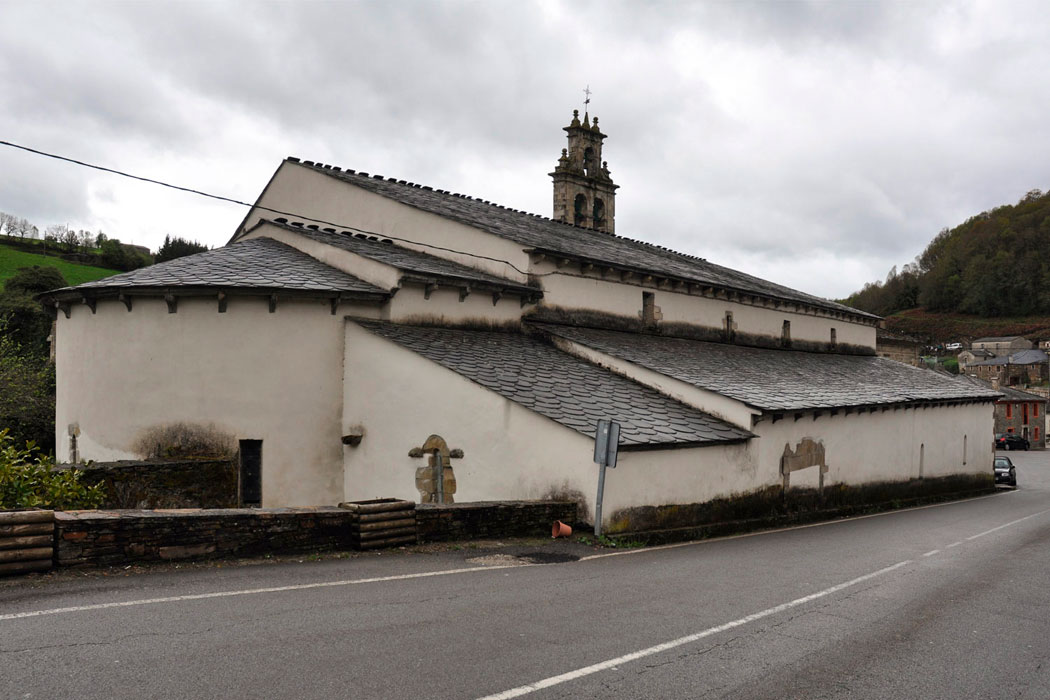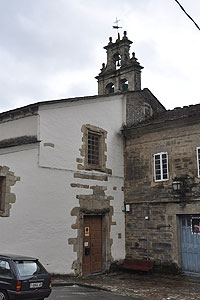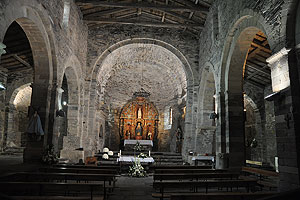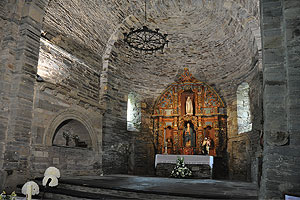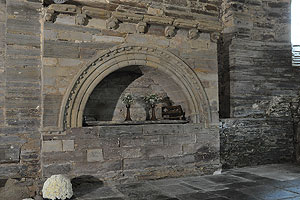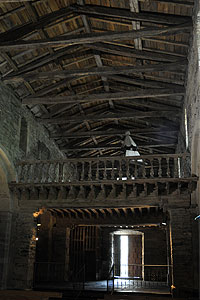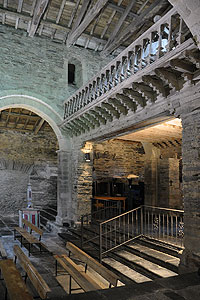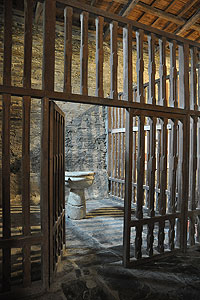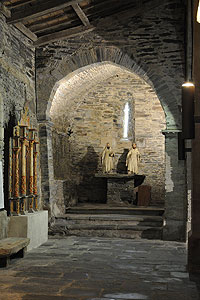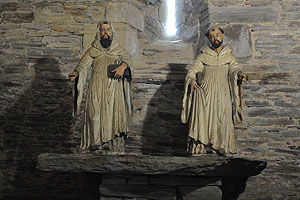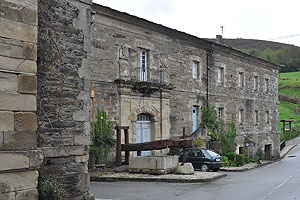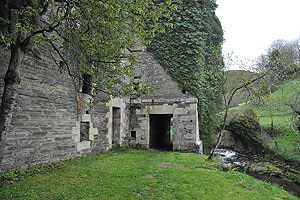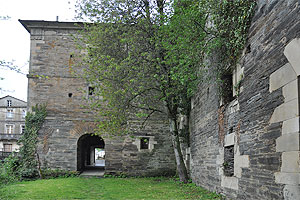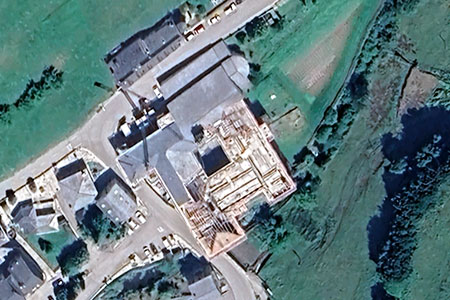Monastery of Santa María de Villanueva de Oscos
Monasterio de Villanueva de Oscos / Villa-Nova
(Villanueva de Oscos, Asturias)
This monastery was founded in 1137 at the initiative of Alfonso VII of León and Castile, with the aim of repopulating these lands, near an earlier eremitic establishment that eventually became integrated into this new cenobitic foundation. The monastic house followed the Rule of Saint Benedict and was dedicated to the Virgin Mary. Shortly after its foundation, the monastery was already documented in various economic transactions, which allowed it to significantly increase its wealth in terms of properties and income.
In 1162, its dependence on San Salvador de Carracedo (León) is recorded; together with that house and in accordance with a bull from Pope Innocent III, Santa María de Villanueva de Oscos became part of the Cistercian order, a process that was formalized in 1203, although the connection with the Cistercians began earlier. In that year, the monk Gonzalo arrived from Carracedo as abbot to ease the transition to Cistercian customs. Between the 12th century and the early 13th century, and thanks mainly to the many donations received from the Crown and other prominent figures, the Romanesque monastery was likely built, though today only a few remains survive. It is documented that the knight Raimundo Díaz, who participated in the construction of the cloister, was buried there in the early 13th century.
During this same period, there are reports of some relaxation in monastic discipline and conflicts with Carracedo, which even required papal intervention. Despite these issues, the monastery continued to accumulate wealth and, most importantly, secured confirmation of its manorial privileges over the territory, recognized by monarchs such as Alfonso XI, Henry III, and John II. However, by the end of the 15th century, the monastery was in marked decline. In 1511, it was incorporated into the Cistercian Congregation of Castile, which gave it a new lease on life, despite the loss of power that this new situation implied. This allowed for the monastery to be rebuilt between the 17th and 18th centuries, as it had fallen into a deplorable state of disrepair.
The end of the monastery came with the social upheavals of the 19th century. First, during the Peninsular War, the monastery was occupied and transformed into a hospital. Later, during the Liberal Triennium (1820–1823) and the disentailment of 1835, the monastery was definitively closed. The property was put up for sale, and only the church maintained its parish function, which it had served for much longer. This is the best-preserved part of the complex and still retains its medieval structure, while the rest of the monastic buildings, dating from later periods, are in a state of abandonment.
Affiliation of Villanueva de Oscos
According to Originum Cisterciensium (L. Janauschek, 1877)- GARCÍA ÁLVAREZ-BUSTO, Alejandro; ed. (2020). Asturias monástica. Catálogo de monasterios y revisión histórica arqueológica (siglos XI-XIX). Vol. 1. Anejos de Nailos n.º 7. Ovedo: KRK Ed.
- GARCÍA GUINEA, Miguel Ángel; dir. (2006). Enciclopedia del Románico en Asturias. Aguilar de Campoo. Fundación Santa María la Real
- JANAUSCHEK, Leopoldus (1877). Originum Cisterciensium. Vol. 1. Viena
- MANRIQUE, Angel (1649). Cisterciensium Annalium, Vol. 3. Lió: L. Anisson
- MARTÍNEZ VEGA, Andrés (2011). Monasterios medievales de Asturias. Oviedo: Cajastur, 2011
- YEPES, Antonio de (1615). Coronica general de la orden de San Benito. Vol. V. Valladolid
